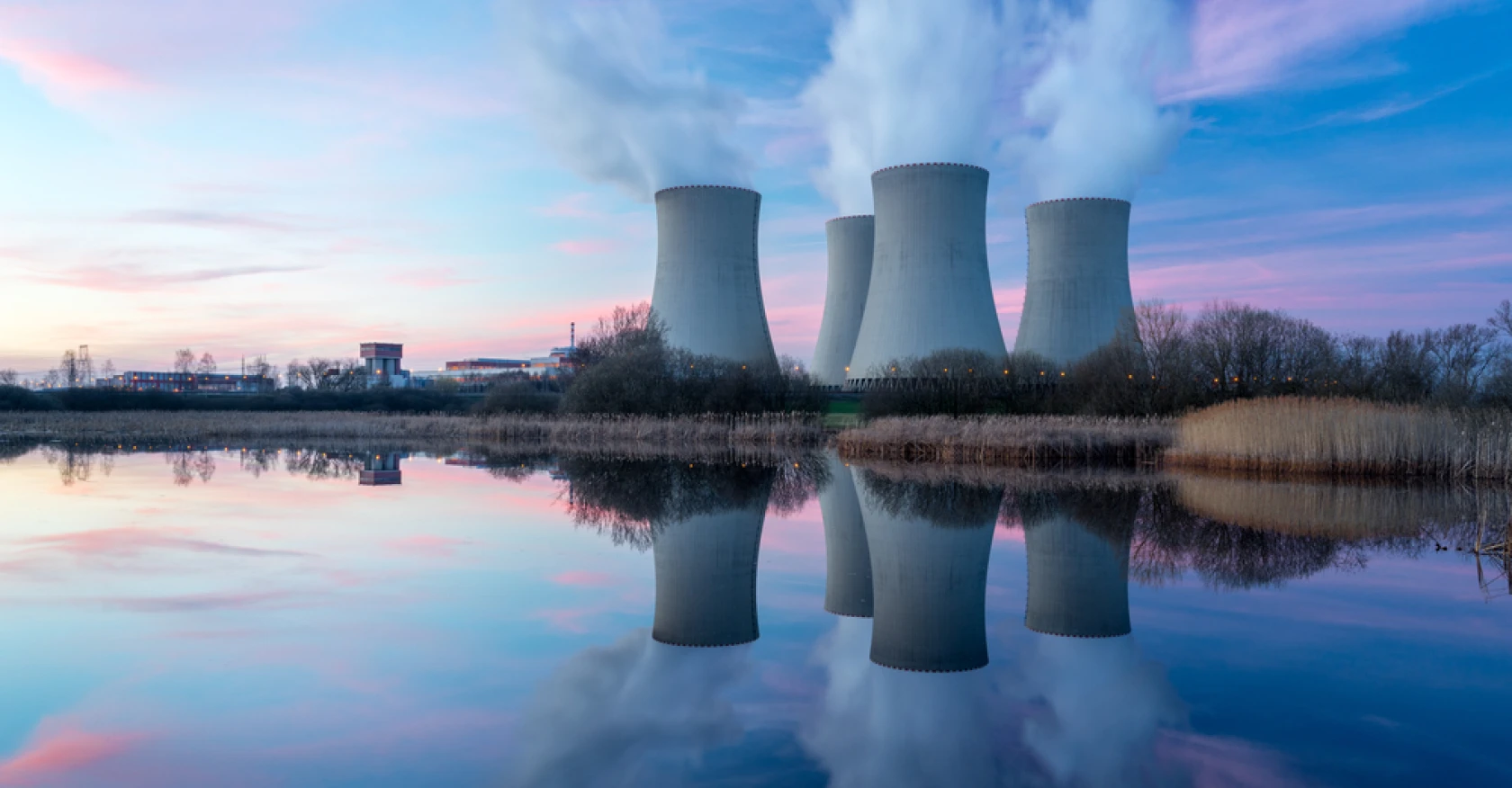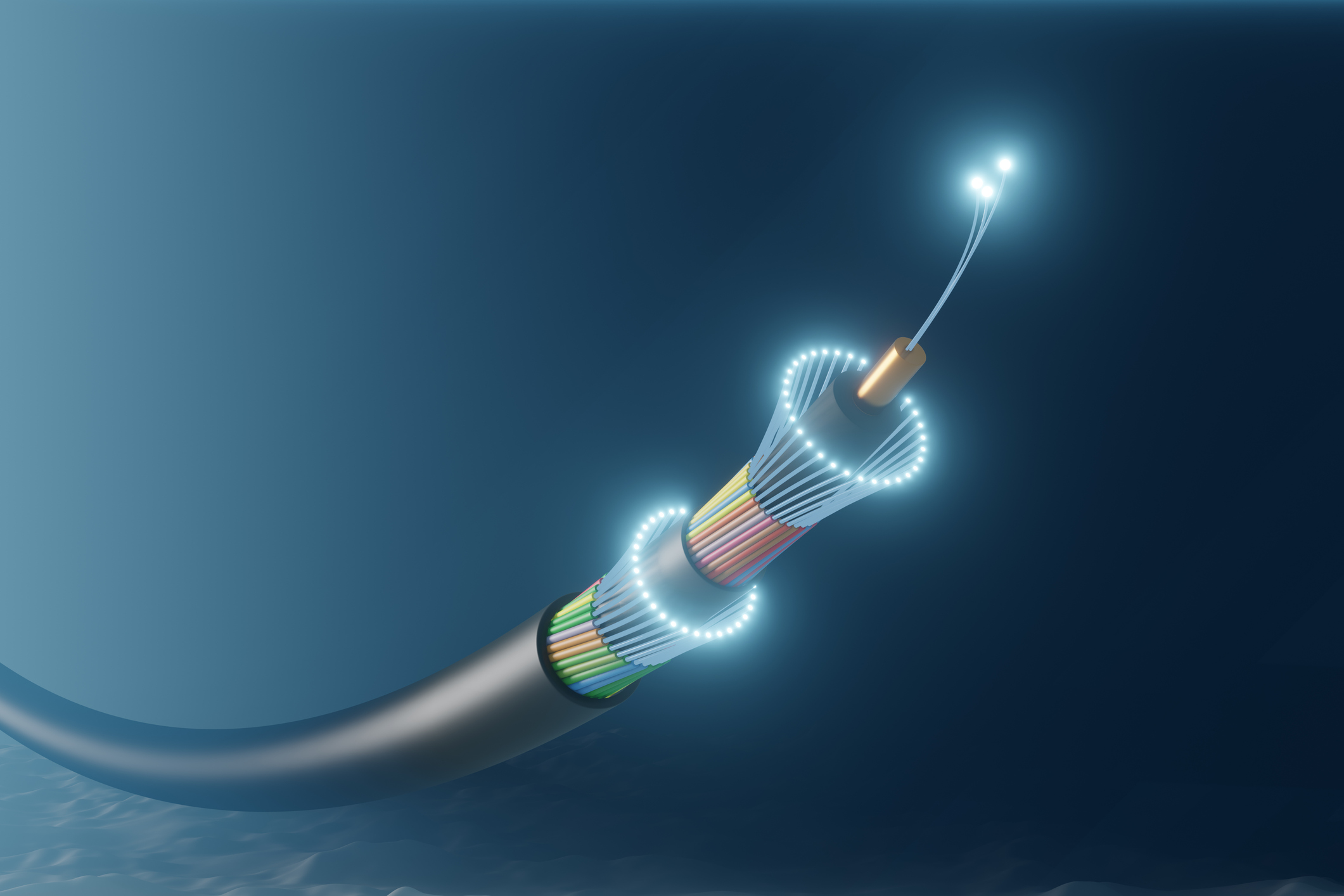Big Tech Turns to Nuclear Power to Fuel the AI Energy Boom

As artificial intelligence drives massive energy demand, big tech companies are betting on nuclear power to keep data centers running. Microsoft, Google, and Amazon are leading this charge, exploring both traditional and next-generation nuclear technologies to meet their growing energy needs.
Microsoft recently signed a deal to buy power from Three Mile Island, the site of the 1979 partial meltdown that remains the worst nuclear accident in U.S. history. The move marks a symbolic shift—using a once-controversial energy source to support the future of AI.
Tech firms are also investing in small modular reactors (SMRs), a newer nuclear technology designed to be safer and cheaper. SMRs operate at lower temperatures and smaller scales, reducing the risk of major accidents. China and Russia have already connected small reactors to their power grids, and the U.S. hopes to follow soon.
However, experts caution that SMRs are still years away from commercial use. Allison Macfarlane, former head of the U.S. Nuclear Regulatory Commission, warns that smaller reactors produce less energy and are not yet financially viable. “These are fun ideas,” she says, “but the tech bros aren’t grounded in reality.”
Google-backed Kairos Power plans to build a small reactor in Oak Ridge, Tennessee, capable of producing 50 megawatts by 2030. Even then, analysts say it will barely dent the massive power needs of AI data centers.
The International Energy Agency projects that global data centers already consume about 1.5% of all electricity and could double within five years. Nuclear energy may one day help, but experts agree that it won’t solve the immediate power crunch.
For now, tech’s nuclear bet is about long-term strategy—finding clean, reliable power for a digital future that’s consuming more energy than ever.


